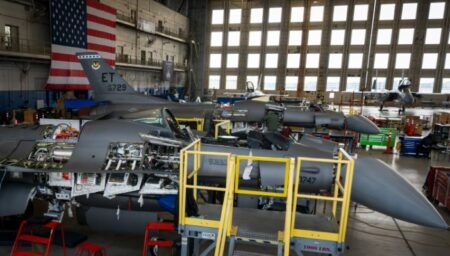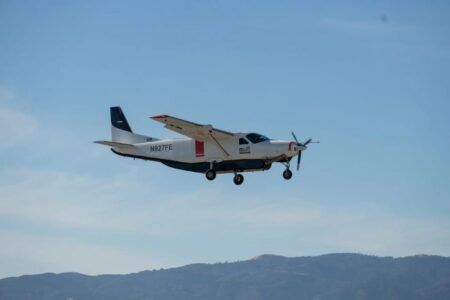Intel and Swiss AI for aviation developer Daedalean have published a whitepaper outlining a reference architecture for developing autonomous systems in aircraft that use machine learning.
The aviation industry is increasingly demanding high-performance embedded computing in aircraft for applications such as advanced air mobility, creating a need for highly integrated airborne electronic systems with high levels of functionality.
According to the whitepaper, legacy avionics systems are unable to meet these requirements because they lack computing power.
In addition, it suggests that a transition to fully-automated and autonomous operations necessitates machine learning to enable capabilities that are traditionally performed by human pilots, such as detecting and avoiding airborne traffic and identifying safe landing locations.
To meet these requirements, the whitepaper presents a reference design for a computational platform that can carry out 4 trillion operations per second. This makes it powerful enough to carry out machine-learned applications.
According to Daedalean, the first-of-its-kind reference design could also be used to take the first steps toward certifying AI-controlled copilots.
“The Future of Avionics: High Performance, Machine Learned and Certified” whitepaper is available to download for free from the intel website.
The document provides actions for companies developing solutions in the field of certifiable embedded electronics for aerospace and defense. It presents a real-world working example and guidance on how to approach the challenges of implementing a machine learning application in airworthy embedded systems.
These challenges include ensuring that machine learning-based systems can meet the computational requirements; certification requirements and size, weight, and power (SWaP) limitations.
“First, machine learning and neural network applications are computationally hungry beyond anything the embedded industry has seen before. And second, no ML application has yet been certified by aviation regulators – and this raises a high bar for developers on both software and hardware levels.
“This whitepaper addresses the challenges of implementing ML in certifiable aerospace applications. The approach described in the document paves the way for a new generation of airworthy equipment, driving the aviation industry’s need for high-performance embedded computing.”





